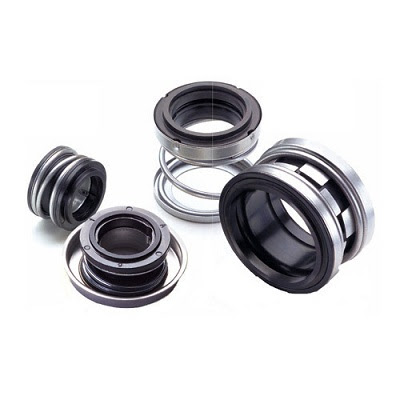Spiral Wound Gaskets: A Complete Guide
Spiral Wound Gaskets are a type of gasket that is made from a continuous strip of material that is wound into a spiral. They are commonly used in a variety of applications, including:
· Pressure vessels
· Piping systems
· Compressors
· Pumps
· Valves
Spiral Wound Gaskets offer several advantages over other types of gaskets, including:
· They are very effective at sealing against high pressure.
· They are resistant to corrosion and chemicals.
· They are easy to install and maintain.
· They are relatively inexpensive.
What are
Spiral Wound Gaskets?
Spiral Wound Gaskets are made from a continuous strip of material that is wound into a spiral. The material is typically a metal, such as stainless steel or carbon steel, but it can also be a non-metallic material, such as PTFE or graphite.
The spiral winding pattern creates a series of overlapping layers of material. This provides a very effective seal against high pressures and temperatures.
How do
Spiral Wound Gaskets work?
When a spiral wound gasket is installed, the spiral windings are compressed between the two flanges of a joint. This causes the material to deform and create a seal.
The seal is further enhanced by the friction between the material and the flanges. This friction helps prevent the gasket from leaking.
What are the
different types of Spiral Wound Gaskets?
There are two main types of Spiral Wound Gaskets: single-layer gaskets and multilayer gaskets.
Single-layer gaskets are made from a single strip of material. They are the simplest type of spiral wound gasket and are typically used in low-pressure applications.
Multilayer gaskets are made from multiple strips of material that are stacked on top of each other. They are more complex than single-layer gaskets, but they offer better sealing performance in high-pressure applications.
How do you
choose the right spiral wound gasket for your application?
The following factors should be considered when choosing a spiral wound gasket for your application:
· The pressure and temperature of the application.
· The type of fluid that will be flowing through the joint.
· The size of the joint.
· The environmental conditions.
How do I
install and maintain Spiral Wound Gaskets?
Spiral Wound Gaskets are relatively easy to install and maintain. The following steps should be followed when installing a spiral wound gasket:
· Clean the flanges of the joint thoroughly.
· Apply a gasket sealant to the flanges.
· Position the gasket on the flanges.
· Compress the gasket by tightening the bolts.
Spiral Wound Gaskets should be inspected regularly for signs of wear or damage. If a gasket is damaged, it should be replaced immediately.
Spiral Wound Gaskets are a versatile and effective type of gasket that can be used in a variety of applications. They are easy to install and maintain, and they offer excellent sealing performance. If you are looking for a reliable and high-performance gasket, Spiral Wound Gaskets are a great option.




Comments
Post a Comment